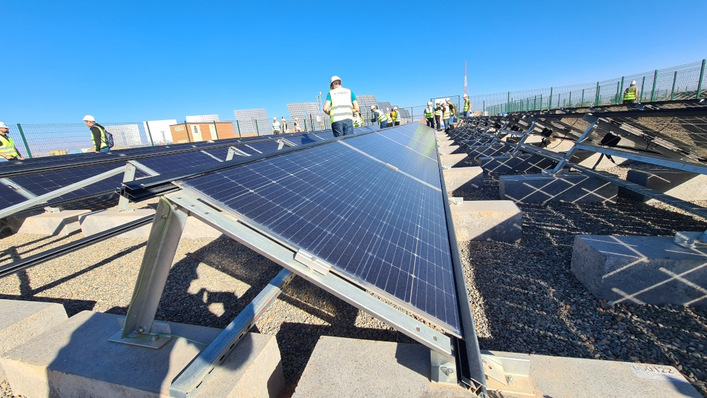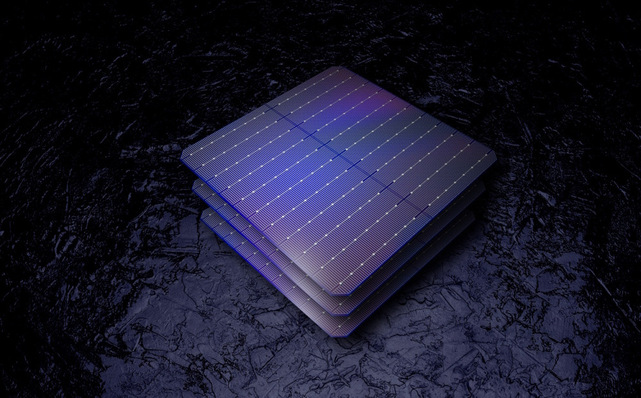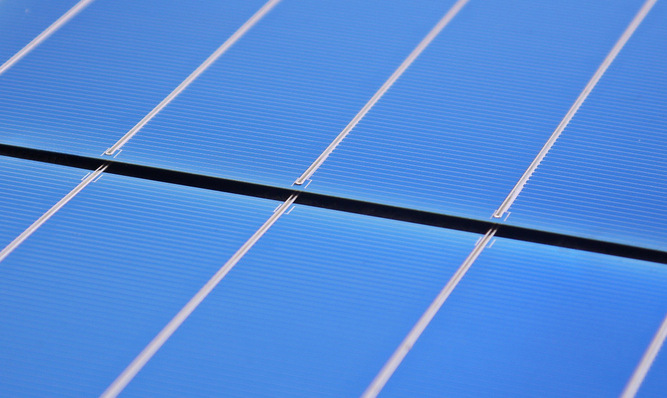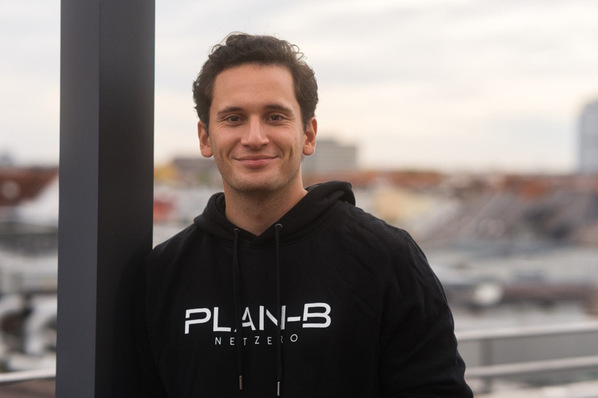It is still early days for repowering, uncharted territory. For how long has Adler Solar been involved in this segment?
Soenke Jaeger: We have been active in repowering since late 2015. So far, we have retrofitted installations totalling in the terawatt range. The smallest installation was on a roof and had 60 kilowatts, the largest was a greenfield solar park with 3.1 megawatts of output. All our repowering projects have so far been in Germany.
When does repowering an existing installation make sense for the operator?
If doing nothing would make generate less income. Generally speaking, three factors are pivotal: the remaining term on the state subsidy, the rate of remuneration and, if applicable, reduced yield from badly performing panels.
How is the remaining service life important?
Repowering is interesting to an operator, if he can take advantage of the added yield for as long as possible. Thus the expected service life of the installation should also be as long as possible, ideally between 12 and 15 years. On the other hand, this factor contradicts the one about the highest possible feed-in remuneration.
Can you get into a little bit more detail?
The feed-in remuneration is set according to the time of commissioning of the solar installation. The older it is, the higher the feed-in remuneration that was set at the time and has a term of 20 years from that point on. So, older installations have a shorter remaining term. If they were commissioned more recently and thus have a more attractive remaining term, of course, the feed-in remuneration is lower.
What kind of installations are currently most attractive for repowering?
Any older installations commissioned from 2007 to about 2012. Beyond that, installations with low-yielding solar panels, where the manufacturer is no longer available on the market or where there are other issues around warranty. They can be replaced by new and more powerful solar modules. Currently, it is common to replace thin-film solar panels with crystalline ones. It is possible to either replace all of the panels in an installation or just those that have a reduced yield. However, it takes a fairly large effort to assess individual solar panels.
If we assume that to an operator doing this makes sense from an economic perspective. What needs to be taken into account on the technical side?
Technically speaking, repowering usually is feasible. When increasing the output of the solar panels, it might be necessary to look at the inverter to see if it is still adequate. Of course, the panels and inverter need to be complementary. Replacing old inverters with new ones can get up to four percent more yield out of the generator.
Does repowering the wiring make sense?
It is possible to try and minimise the loss in performance due to wiring. Occasionally, the cables have been under-dimensioned. Greater cross-sections can take higher currents from the strings, but that needs to be adapted to the inverter. In the roof-top segment, re-wiring is usually justifiable. For solar parks, a replacement needs to be carefully calculated.
Have you ever also reinforced supporting structures?
Because we have often replaced thin-film solar panels, the mounting systems needed to be adapted to the railings for crystalline panels. In general, this is fairly easy to do. Issues to do with structural engineering are more problematic. In the years of the boom where there were massive additions of new solar installations, no one paid attention to the structural integrity of roofs. When repowering, we always reassess the structural integrity of the entire system – both of the building and of the PV array. It has happened that we had to take an installation off the roof entirely and remount it, in order to make it structurally sound.
How many installations does this apply to?
I would estimate that 70 to 80 percent of the installations from between 2007 and 2012 have been inadequately assessed and approved. People have been really rather sloppy there.
Interview conducted by Heiko Schwarzburger.
Read more about solar modules
Check our service free of charge: Solar irradiation data for all European regions
Stay informed, get our free newsletter twice a week, subscribe here







